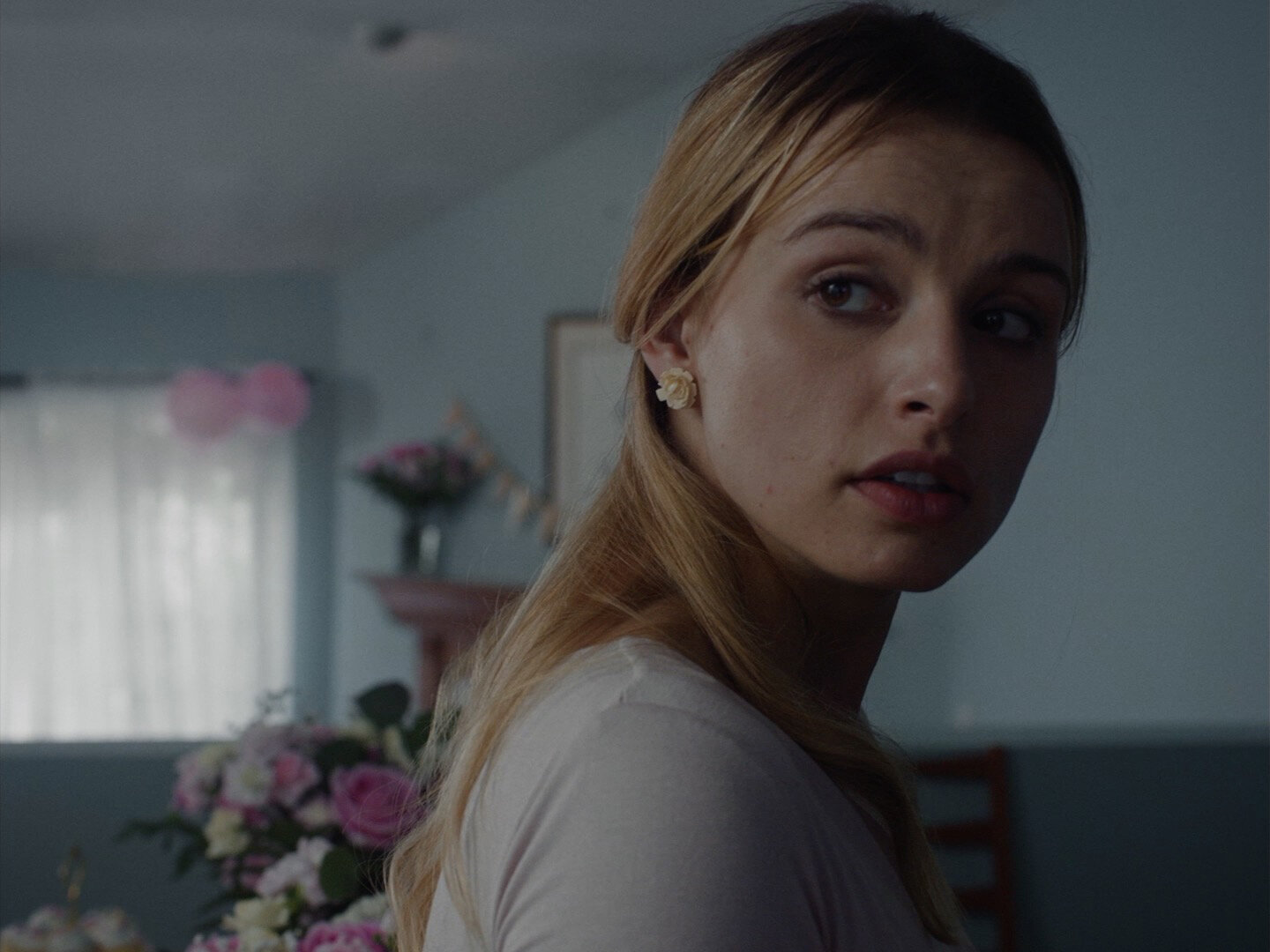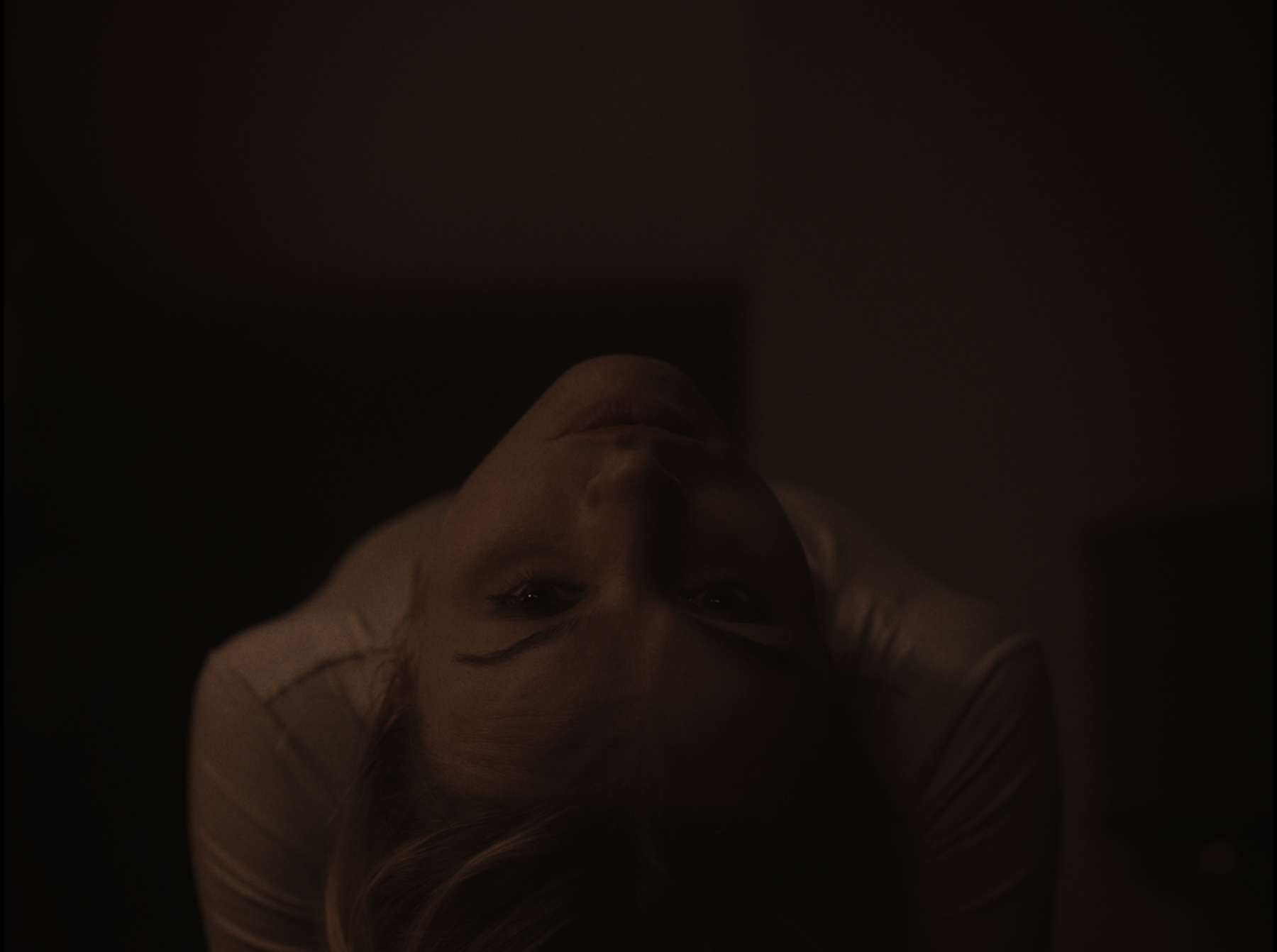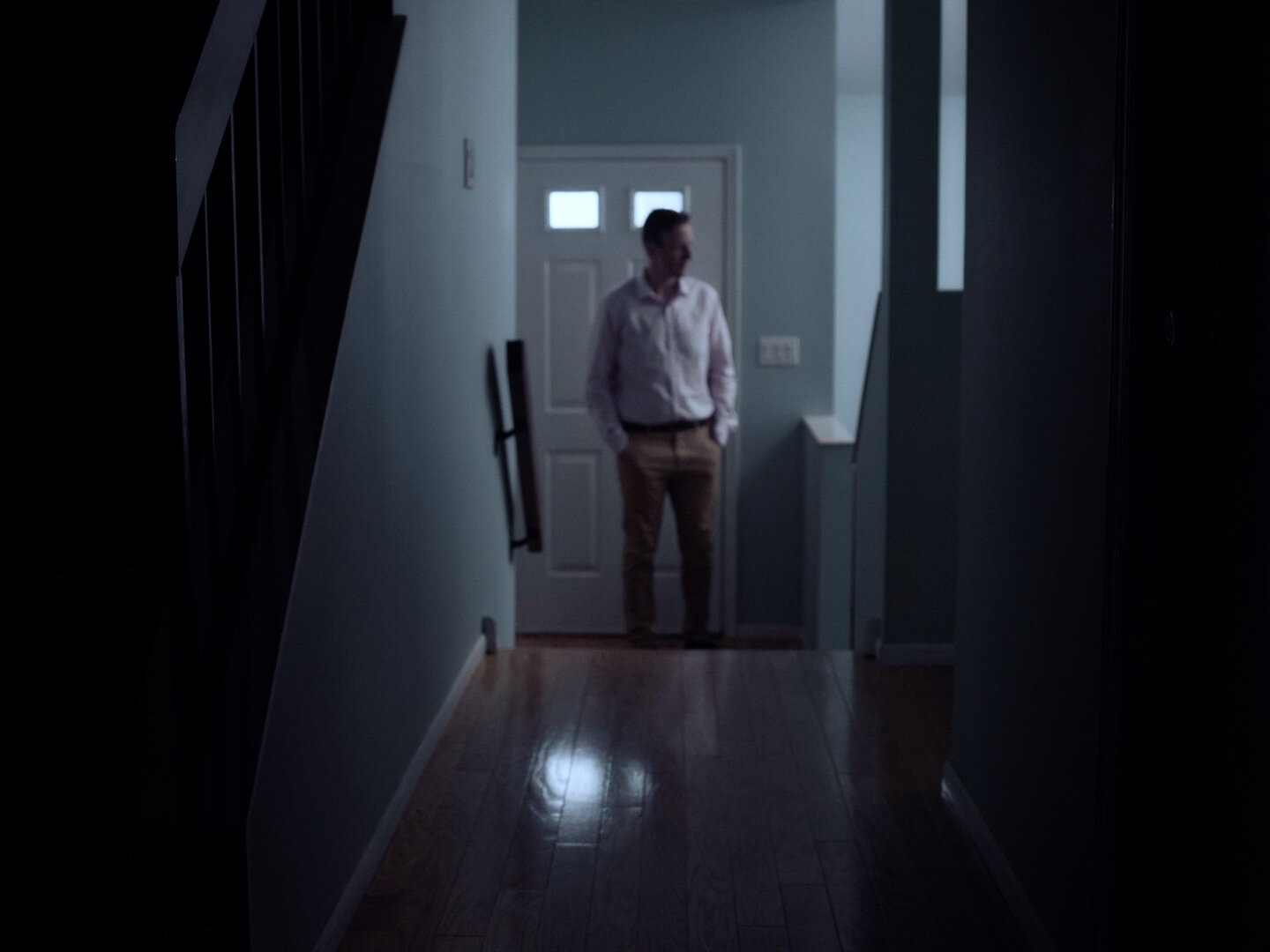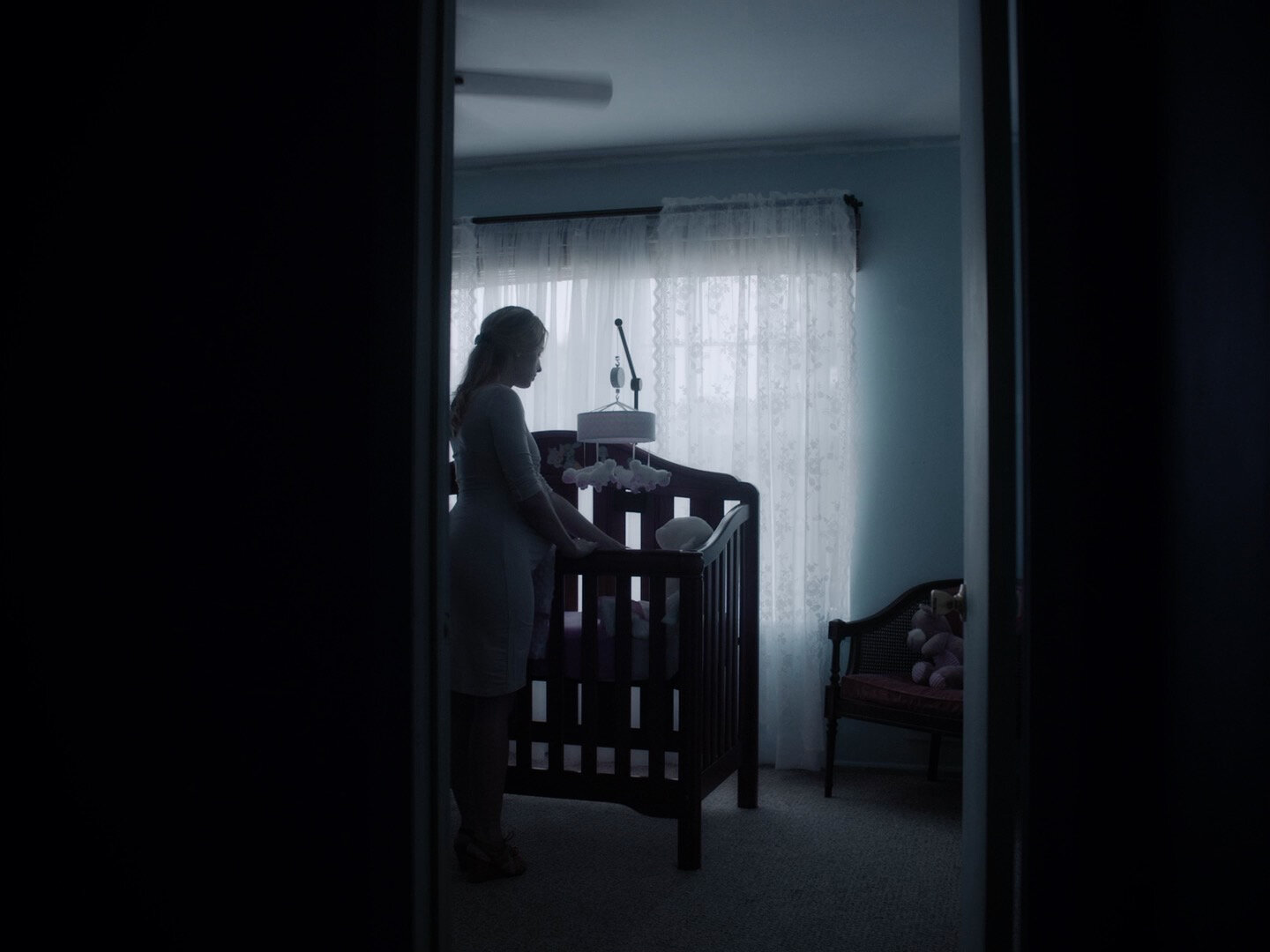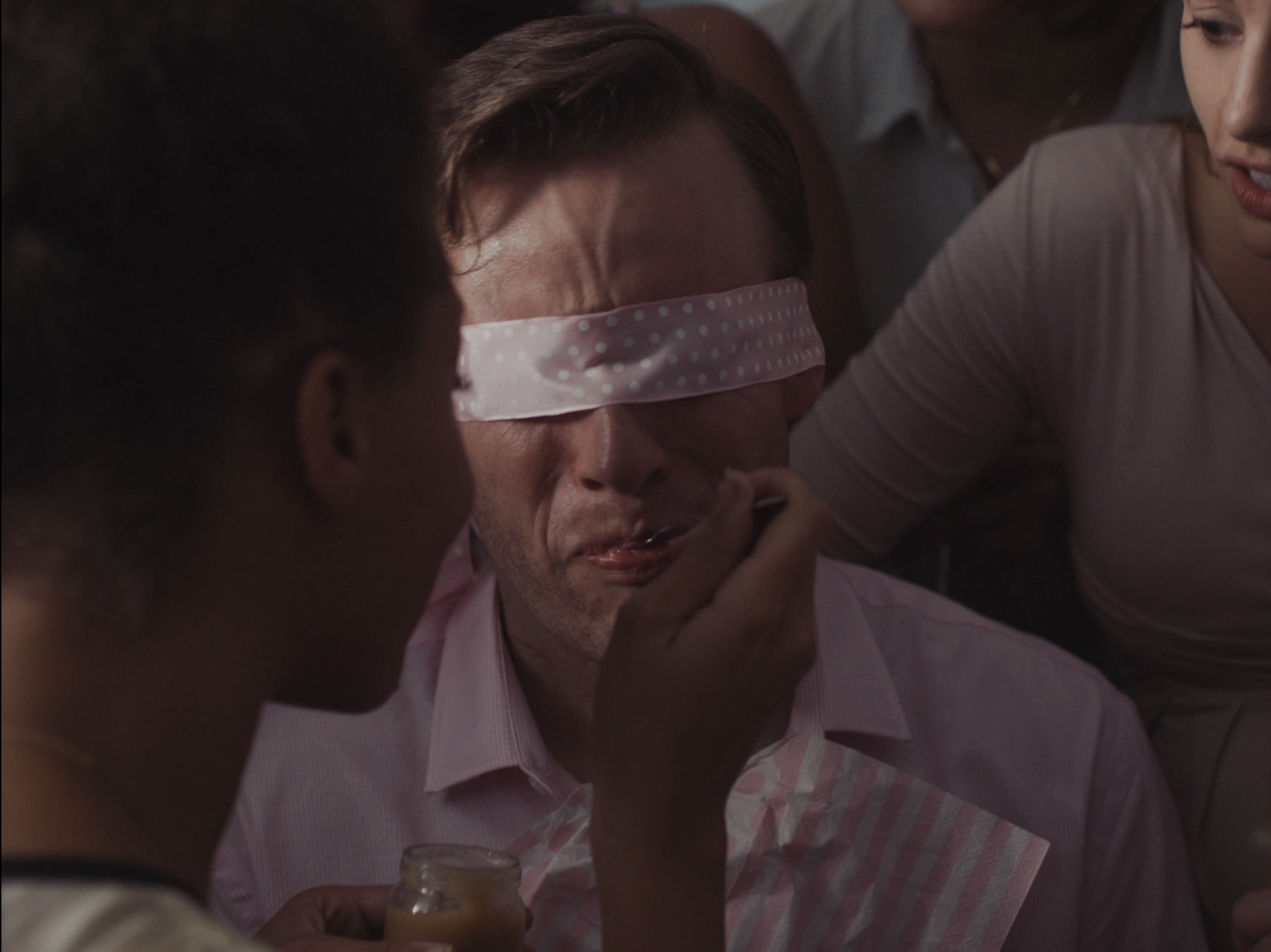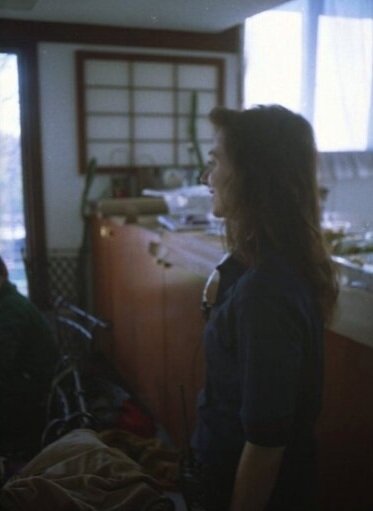Lily
A film by Mimi Jeffries
Bearing the weight of social obligation and self-preservation, Mel attends her baby shower in this meditation on the female psyche.
Written & Directed by
Mimi Jeffries
Produced by
Javian Ashton Le
Co-produced by
Peter Chapman, Carrie Tate
Cinematography by
Allison Anderson
Film Editing by
Javian Ashton Le
Key Cast
Elia Monte-Brown (Tasha), Olivia Gilliatt (Mel), Tim Nicolai (Lucas), Jordan King (Anna), Kathryn MacDonald (Sarah), Antonio Watson (Doug)
Director's Note
In my work, I’ve always been drawn to understanding our willingness to partake in performative expectations and the psychological conflict that emerges when the public and private persona finally intersect. As a meditation on female silence, Lily studies when a woman is most visually recognized—especially by female peers. The physicality of a pregnant woman elicits a range of reactions. It is simultaneously the most internal time as well as the most public, where a sense of public ownership over the female form emerges. Strangers invade one’s space, uninvited hands land on one’s belly, unsolicited opinions flow freely, and there is an unspoken understanding that the expectant mother, as a maternal figure stepping into a new role, will graciously take it all in. She will not question; she will smile politely even if inside of her, an internal tempest brews.
Through the creation of this film, I hope to provoke the audience to question why a woman in Mel’s unnamed circumstance would willingly go through this experience and by extension, why we partake in performative expectations that harm us individually. In my personal experiences, I’ve seen countless women sacrifice themselves and their well-being in order to meet the expectations of others. By stripping Mel of her autonomy and trapping her in a space that is intended to celebrate her, Lily examines the suffocating expectations of female performance.
I’m heavily inspired by the films of Ramsay, Ozu, Haneke, and Koreeda, but the visual realization of Lilystemmed primarily from non-film-related works. Exploring how a 4:3 frame could capture the lyrical flow of an internal experience like Virginia Woolf’s Mrs. Dallowaywith a color palette alluding to Edgar Degas’ “The Dance Class,” I hoped to create a visual language that simultaneously captures the objective and subjective as we move into wider shots. Although Mel achieves a cathartic release, it does not mean that her place in the world has changed. Her separation is more apparent now than before, but she resumes her role until the last guest leaves. At the end of the day, she continues to exist in the quiet isolation of her experience.
